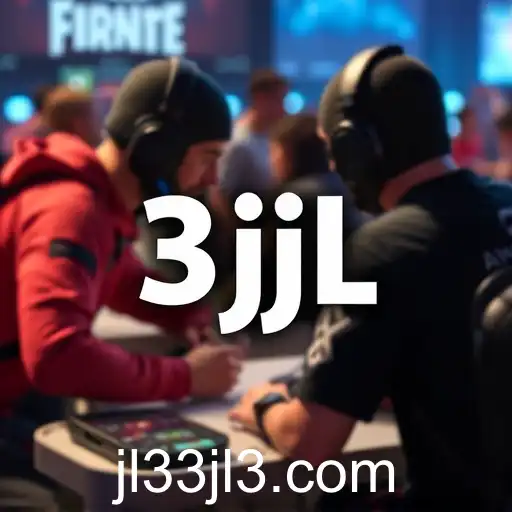3jl | The Allure of Multiplayer Games: Crafting Social Connections through Gameplay

In today's digital age, multiplayer games have emerged as a cornerstone of the gaming industry, captivating millions of players worldwide. This genre stands out not only for its entertainment value but also for the unique social connections it fosters among players. The keyword "3jl" may not immediately resonate with the broader public, but within the gaming world, such niche identifiers often relate to specific game modes or community lingo, adding a layer of insider nuance to the multiplayer experience.
From massively multiplayer online games (MMOs) to battle royale style shooters, the range of multiplayer offerings is vast and varied. These games allow individuals to connect globally, transcending geographical boundaries and cultural differences. Whether teaming up in complex strategic battles or engaging in friendly competition, players collaborate and communicate to achieve common goals.
Multiplayer games have become virtual social platforms, where friendships are formed, and communities flourish. Titles like "World of Warcraft," "Fortnite," and "Among Us" have pioneered this experience, drawing in players not just for the thrill of the game but for the social fabric that develops alongside gameplay. Features like voice chat, guilds, and tournaments add layers to these interactions, making the gaming experience richer and more immersive.
The evolution of technology has further enhanced multiplayer games. With the advent of faster internet connections, sophisticated graphics, and real-time communication tools, players enjoy more seamless and engaging interactions. Developers continually innovate, producing new gameplay mechanics and expanding narratives that keep the community engaged and eager for more.
Moreover, multiplayer games provide a sense of belonging, especially crucial during times when physical social interactions may be limited. The shared experiences and achievements within these digital worlds offer players comfort and community, highlighting the cultural shift towards digital socialization.
In conclusion, multiplayer games are not just about the thrill of competition; they are about forging connections and building communities one game session at a time. As technology progresses, the appeal and complexity of these games are bound to grow, ensuring that the phenomenon of multiplayer gaming will remain a central part of digital culture for years to come.



